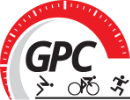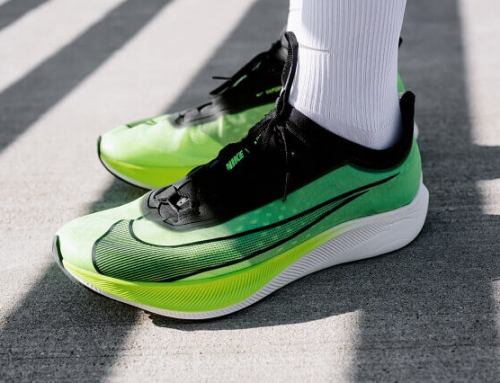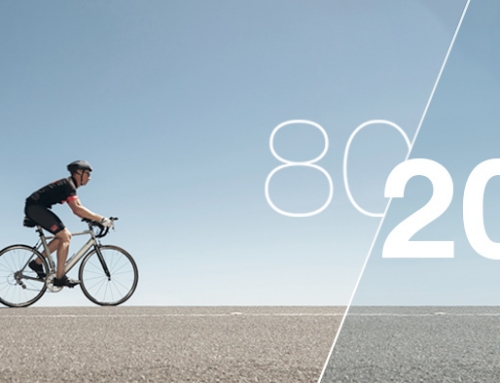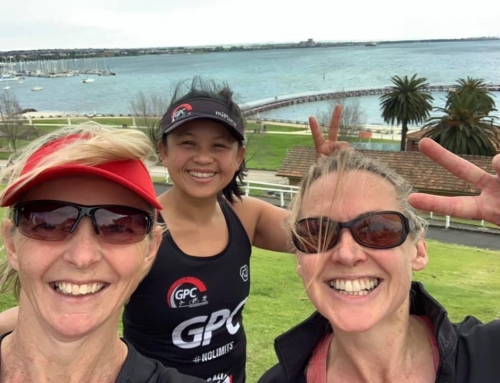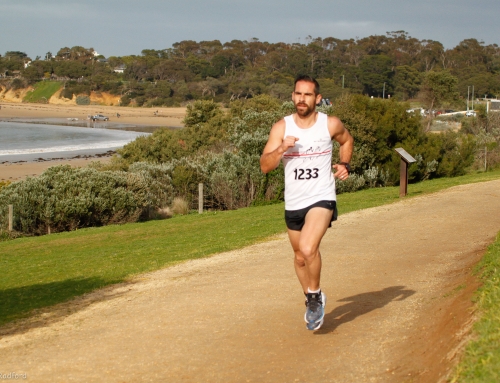Nerves & Injury Prevention
Below is a summary of two great blogs by The Injury Clinic Geelong explaining nerves and their link to pain & injury. Check out the two part series- Part 1 Nerves & Neural Mobility & Part 2 Neural vs Connective Tissue vs Muscles.
Neural Tissue
Your brain, spinal cord and nerves running throughout your body are all made of neural tissue. Each nerve is made up of a group of fibres, similar to a cable or electrical wire. Electrochemical impulses send messages from the brain to the periphery (hands, feet etc.) and vice versa.
Unlike other tissues in the body (ie. Skin, muscles, fascia), nerves do not have the capacity to stretch. This means when we move, our nerves must be able to slide and glide within the structures they pass through.
Nerve Entrapment
The ability of the nerve to move is influenced by the surrounding tissues such as connective tissue, bone or muscle. If there is a peripheral structure (eg. connective tissue, bone or muscle) that inhibits a nerves ability to slide and glide a peripheral nerve entrapment can occur. This can happen at one or many points along a nerve pathway.
Symptoms of peripheral nerve entrapment include (but are not limited to):
- Pain ie. dull ache, shooting pain, sharp/stabbing pain.
- Pins and needles, tingling, numbness.
- Joint pain and loss of range of movement.
- Muscle stiffness and loss of range of movement.
The symptoms can occur at the point of entrapment, or can be felt some distance from point of entrapment.
Muscle/Fascia Tightness
Our nerves are responsible for the health of our tissues. If neural mobility is restricted, the health of both the neural tissue and the tissue the nerve supplies can be affected. Recurrent muscle or fascia (fibrous connective tissue) tightness in some cases can be related to an ongoing restriction of the neural pathway rather than issues with the muscle itself.
Injury Diagnosis
It may be difficult to determine whether the pain or discomfort you are feeling is from neural, muscular or connective tissue. Each person will load their body in a slightly different manner, which makes them more (or less) susceptible to overloading one structure/tissue more than another. If you feel you have tight muscles that haven’t responded to stretching, it is likely to be another tissue structure causing your tightness.
Book an appointment with the physiotherapists at The Injury Clinic via their website.
For information on slowly overloading your training program check out GPC’s blog on Progressive Overload.
